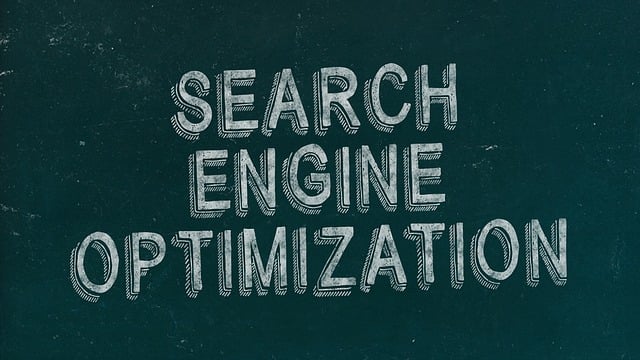Restaurants are embracing AI data analytics tools to unlock customer insights, optimize operations, and stay competitive in today's digital landscape. These advanced systems analyze big data from sales, reviews, and social media to reveal consumer patterns, enabling menu customization, pricing strategies, and enhanced diner experiences. By leveraging AI algorithms for trend prediction and sentiment analysis, restaurateurs gain a powerful advantage in the culinary market, making strategic decisions backed by actionable insights from AI data analytics tools for restaurant trends.
In today’s competitive culinary landscape, understanding customer preferences and market trends is crucial for restaurants’ success. This article explores how Artificial Intelligence (AI) and data analytics tools are revolutionizing decision-making systems in the restaurant industry. We delve into the benefits of AI-driven insights for menu optimization, customer experience enhancement, and business growth. By leveraging these advanced technologies, restaurateurs can uncover valuable restaurant trends, leading to better overall outcomes.
- Understanding AI-Driven Decision Systems in Restaurants
- The Role of Data Analytics Tools in Uncovering Restaurant Trends
- Implementing and Optimizing AI for Better Business Outcomes
Understanding AI-Driven Decision Systems in Restaurants

In today’s digital era, restaurants are leveraging AI data analytics tools to gain insights into customer preferences and market trends, revolutionizing their decision-making processes. These AI-driven systems analyze vast amounts of data, from sales records and menu choices to customer reviews and social media engagement, to identify patterns and make informed business decisions. By understanding consumer behavior at a granular level, restaurants can tailor their offerings, optimize pricing strategies, and enhance overall customer experiences.
For instance, AI algorithms can predict popular menu items by studying past orders and weather patterns, enabling restaurants to adjust inventory accordingly. Additionally, sentiment analysis of online reviews helps in gauging customer satisfaction levels and identifying areas for improvement. This data-driven approach not only improves operational efficiency but also fosters a competitive edge, ensuring restaurants stay relevant and desirable in the ever-evolving culinary landscape.
The Role of Data Analytics Tools in Uncovering Restaurant Trends

The culinary world is a dynamic landscape, constantly evolving with shifting consumer preferences and market trends. AI data analytics tools have emerged as indispensable assets for restaurateurs, enabling them to navigate this complex environment with precision. By harnessing the power of big data, these advanced systems can uncover profound insights into customer behavior, menu performance, and emerging trends within the restaurant industry.
Through sophisticated algorithms and machine learning models, AI analytics tools analyze vast datasets from various sources—online reviews, sales records, social media interactions—to identify patterns and correlations that might otherwise go unnoticed. This allows restaurateurs to make data-driven decisions regarding menu optimization, pricing strategies, marketing campaigns, and even site selection. By leveraging these insights, restaurants can stay ahead of the curve, cater to their customers’ ever-changing tastes, and ultimately drive business growth in a highly competitive market.
Implementing and Optimizing AI for Better Business Outcomes

Implementing AI in a business context, particularly within restaurants, offers a powerful means to uncover actionable insights from vast datasets. By harnessing the potential of AI data analytics tools, restaurant owners and managers can gain profound knowledge about customer preferences, operational inefficiencies, and market trends. These tools are equipped to process and interpret complex information, transforming it into practical strategies that drive growth and enhance overall performance.
Optimizing business processes through AI involves leveraging machine learning algorithms to analyze historical data, such as sales records, customer feedback, and menu choices. By identifying patterns and correlations, these algorithms can predict future trends and suggest data-backed decisions. For example, AI models might recommend menu adjustments based on seasonal preferences or identify peak dining times, allowing restaurants to optimize staffing levels and enhance the overall guest experience.
AI-driven decision systems, leveraging data analytics tools, are transforming the restaurant industry. By understanding customer preferences, optimizing menu pricing, and streamlining operations, these systems offer significant advantages in today’s competitive market. Implementing AI not only enhances business efficiency but also fosters better customer experiences. Embracing these technologies allows restaurants to stay ahead of trends and make informed decisions, ultimately driving growth and success in a dynamic culinary landscape.
